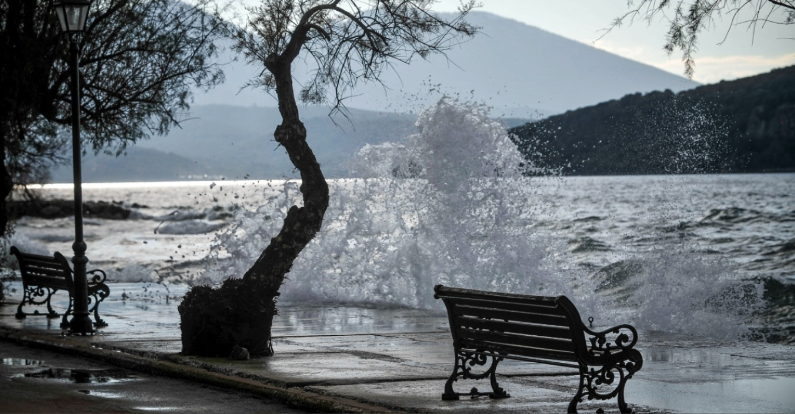Everyone is familiar with the concept of finding sunken treasure on the ocean floor. Now, scientists may have found an ancient ocean floor that is itself a type of geological buried treasure. Using seismic readings acquired in Antarctica over three years, a research team concluded that millions of years ago, the ocean floor journeyed deep towards the heart of our planet, where it landed as a relatively thin layer surrounding the Earth’s core. The researchers say the finding could influence our understanding of how heat escapes from the core, or how oceanic material might return to the surface through volcanic eruptions.
When geoscientist Samantha Hansen and her team from the University of Alabama (UA) set up 15 seismographs in Antarctica in 2012, they were interested in using waves from earthquakes around the planet to image mountains that largely lay buried beneath the ice. While that research, which lasted three years, was successful and led to several papers, the data showed unusual energies showing up after the waves from earthquakes passed through the core-mantle boundary (CMB). This led Hansen and colleagues to conduct further investigations.
These are the 49 high value professions and specialties for the Greek tourism sector
The CMB is found about 2,000 miles (3,219 km) below the surface of the Earth. There, the research team found that seismic waves slowed down when they hit a certain layer that, while measuring about three to 25 miles (40 km) thick, is extremely thin in terms of planetary composition. The slowing of the waves through this area characterized it as an ultra-low velocity zone (ULVZ).
Read more: New Atlas






































